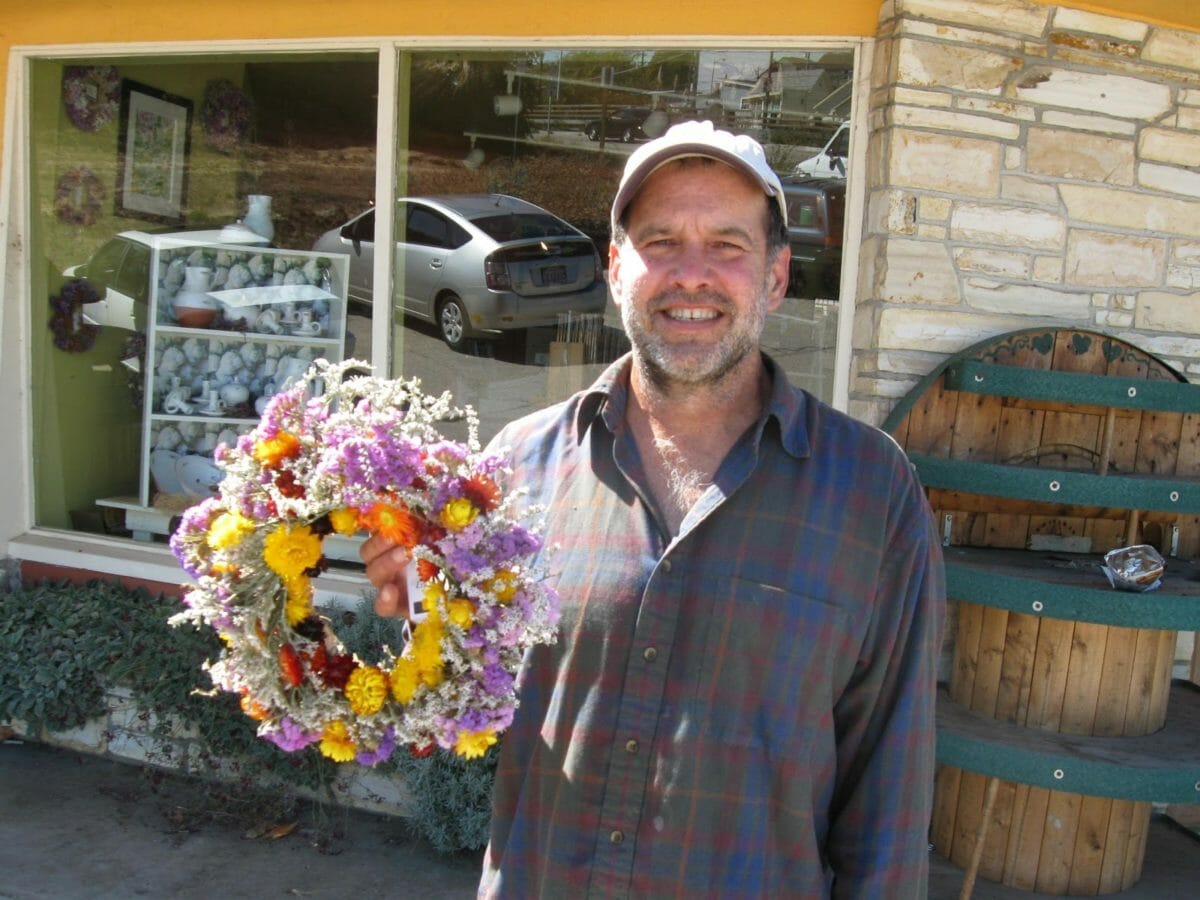Michael Laffoon has a vivid memory of the day he decided to piece his life back together. “I literally woke up in my van and I thought ‘I can’t do this anymore because I’m going to die,’” he says. “It was just an overwhelming feeling that I had come to the end of a chapter.”
For eight years, the Santa Cruz, California resident grappled with a serious crystal meth addiction and drifted in and out of homelessness. It was a frustrating, impossible lifestyle. In 2007, Laffoon learned about Homeless Garden Project at a kitchen where he was volunteering. The not-for-profit aims to lift people living on the streets of Santa Cruz out of homelessness through farming. The end goal is that they will leave the farm with stable housing and a full-time job.
RELATED STORY:
After a year and a half of being in the program, Laffoon was able to secure employment and stable housing. He later obtained a degree in horticulture. He says:
“It was the first step back into normal society—the first open door.”
Eventually, he landed a job as a property manager for 48 residential properties in Santa Cruz. Out of those 48 units, 44 were converted into section-eight, low-income housing, which provided people who were previously homeless with a place to call home. He’s now semi-retired and picks up landscaping gigs in his spare time.

Michael Laffoon is a graduate of Homeless Garden Project. Photo courtesy of Homeless Garden Project.
RELATED STORY:
Paul Lee, a local philanthropist and former University of California Santa Cruz professor, founded Homeless Garden Project in 1990. He had spent a night in Santa Cruz’s first shelter and realized residents were deprived of an environment that allowed them to dream of a better future.
The project’s structure has evolved, but currently consists of a one-year enrollment period for participants. Trainees are employed to grow fruit, vegetables, flowers and herbs on the farm for 20 hours a week. They get paid a wage, are given basic job skills training and are matched with a social worker to work through specific goals.
Since its inception, Homeless Garden Project has helped close to 1,000 people. Over the past five years, 96 percent of graduates have obtained jobs or stable income and 86 percent have found housing. The farm is on 3.5 acres on the western outskirts of Santa Cruz.
The project’s staffers say that the project has always had a strong element of community, which is central to the healing process of its trainees, as they often feel like they’ve lost their sense of belonging. Laffoon says that while he was homeless, he spent a lot of his time “trying to be invisible” and felt secluded from the rest of society. The project gave him meaningful work and a sense of belonging, which helped him get back on his feet.
RELATED STORY:
The Homeless Garden Project farm sells the produce it grows through a CSA and a farmstand to local residents and restaurants. Trainees also make a number of products such as wreaths, candles, jams, soaps, oils and creams, which are sold in their two retail stores as well as a few local businesses.
Ella Fleming, the project’s farm manager, has seen how growing food can have a life-changing and inspirational impact for trainees. There’s a parallel, she says, between the growing season of a plant and the growth of a trainee. She says:
“Folks will come to us with so much trauma … we can provide a place where it’s safe, it’s nurturing, it’s healthy and there’s an exchange that happens. When you’re caring for a plant to try to get it to thrive, you’re also giving yourself some self-care to know that you can thrive.”
Fleming adds that she knows that not all of their trainees will become farmers, but the skills they learn in the field provide a solid foundation. This rings true for Laffoon. And although he says he never thinks about where he would be without Homeless Garden Project, he feels a tremendous amount of gratitude for the role it has played in his life. He currently serves on the project’s board of directors to provide guidance.
In the future, the organization has plans to move the farm to the city’s Pogonip greenbelt area. With up to 9.5 acres of land, the expansion will allow the program to triple the number of people it serves.
*Article originally appeared at Organic Consumers Association.












